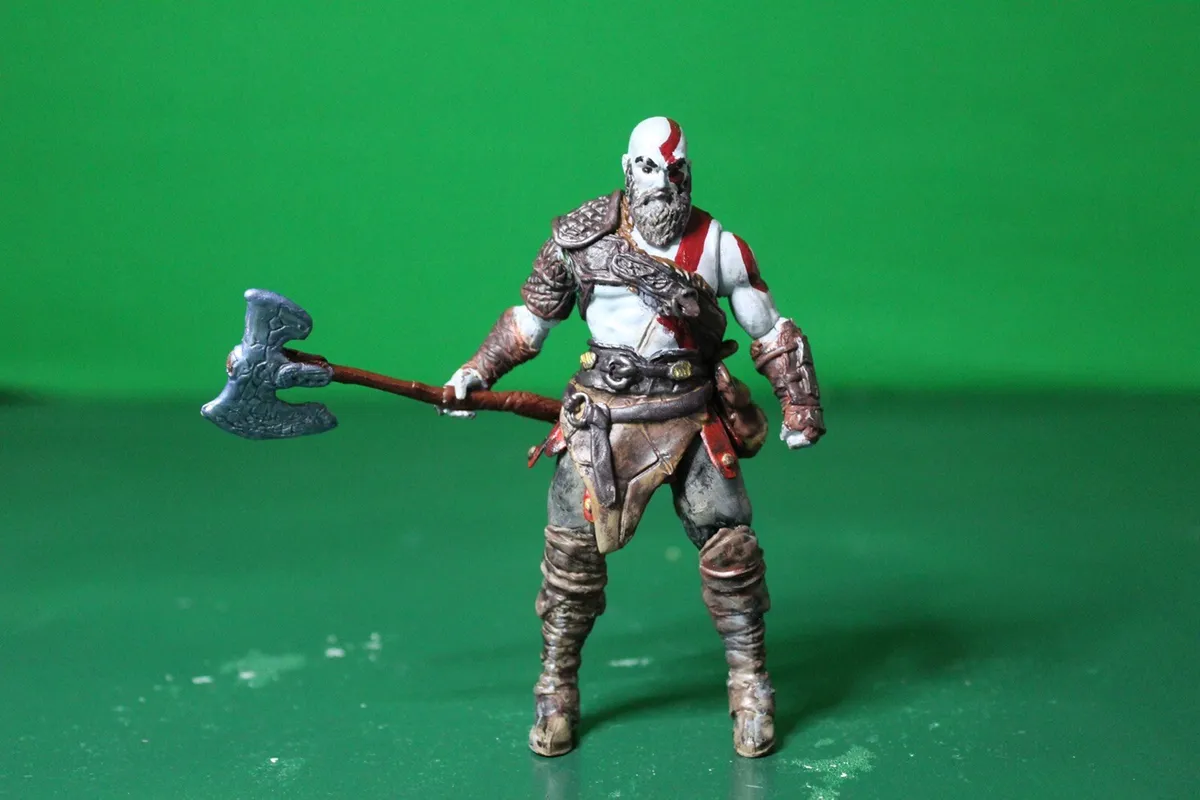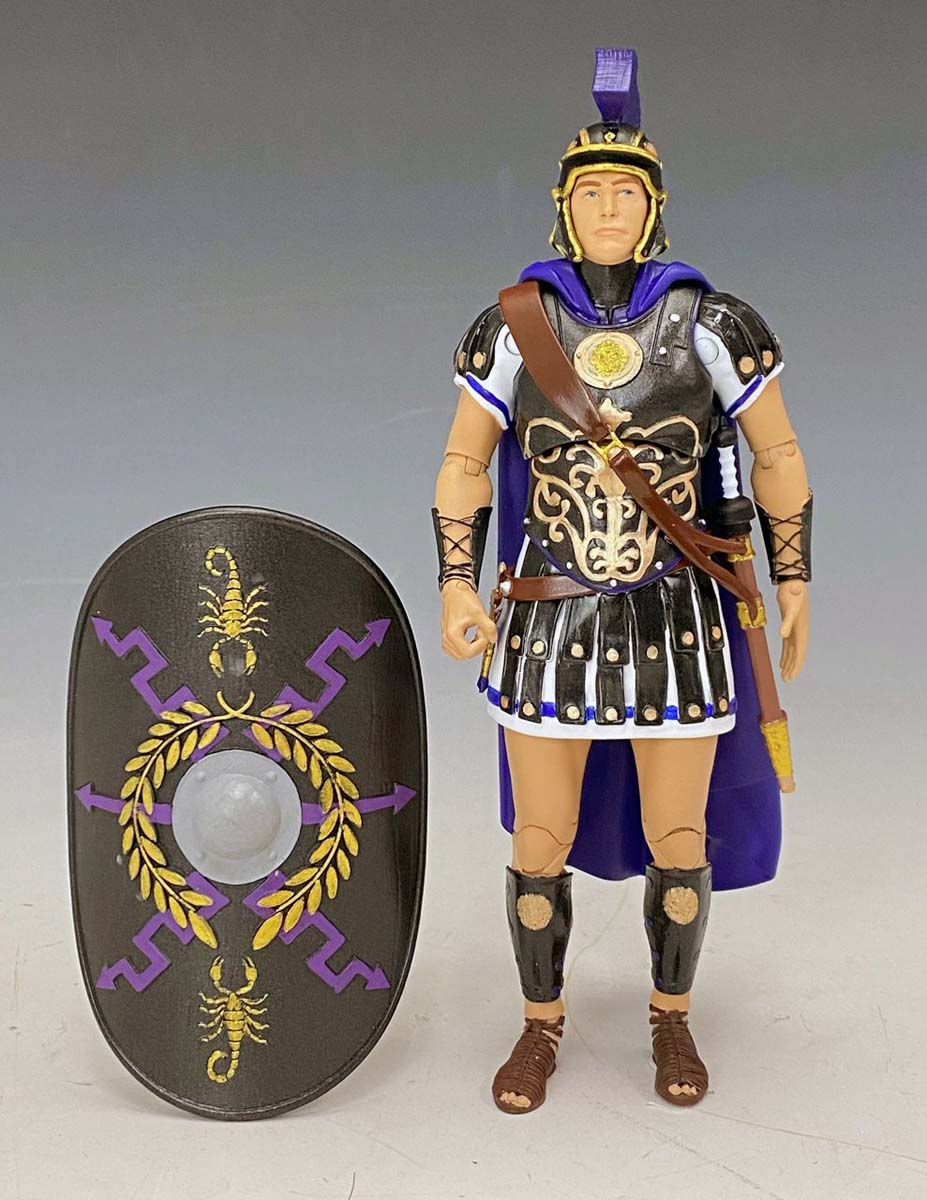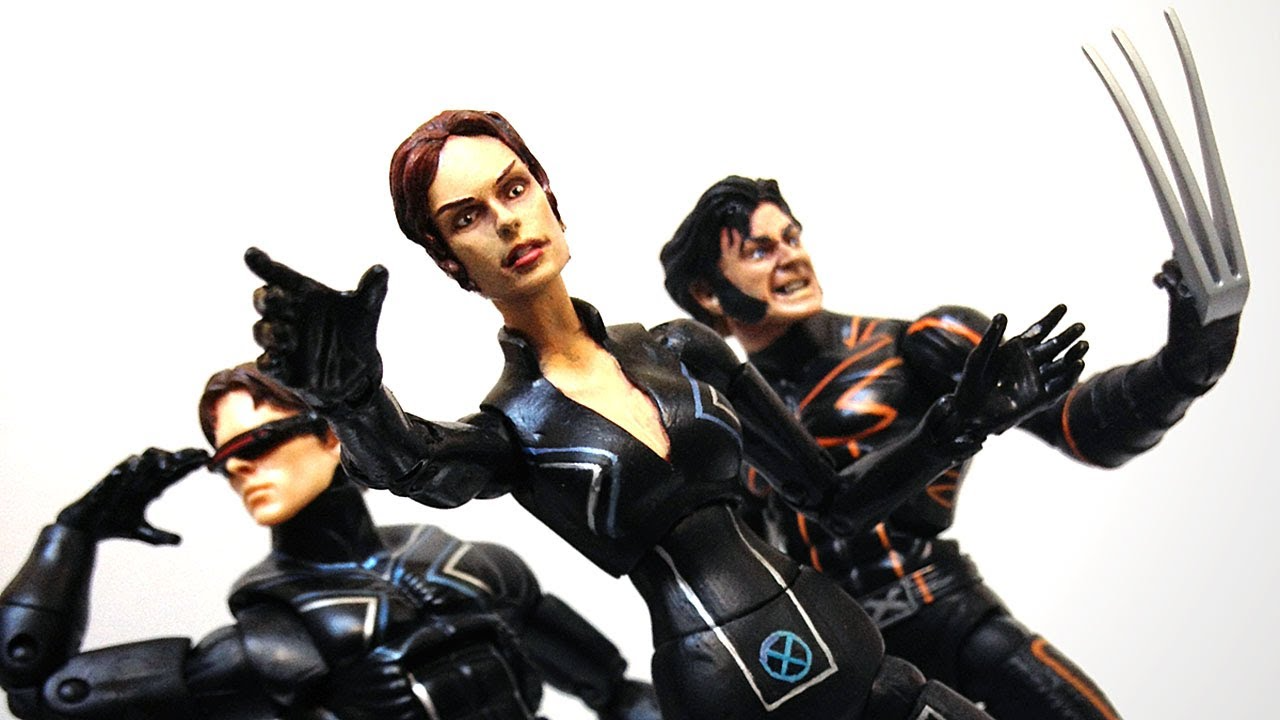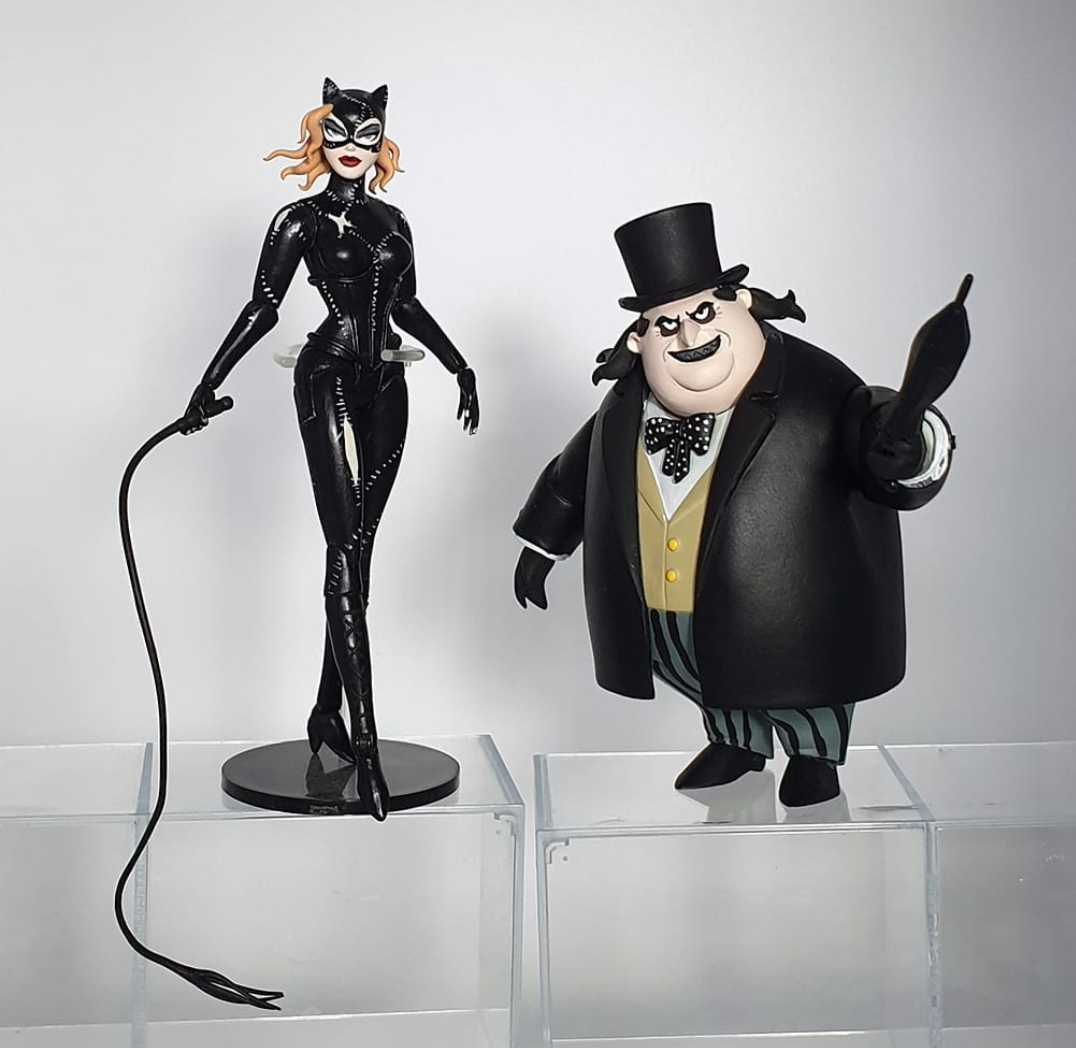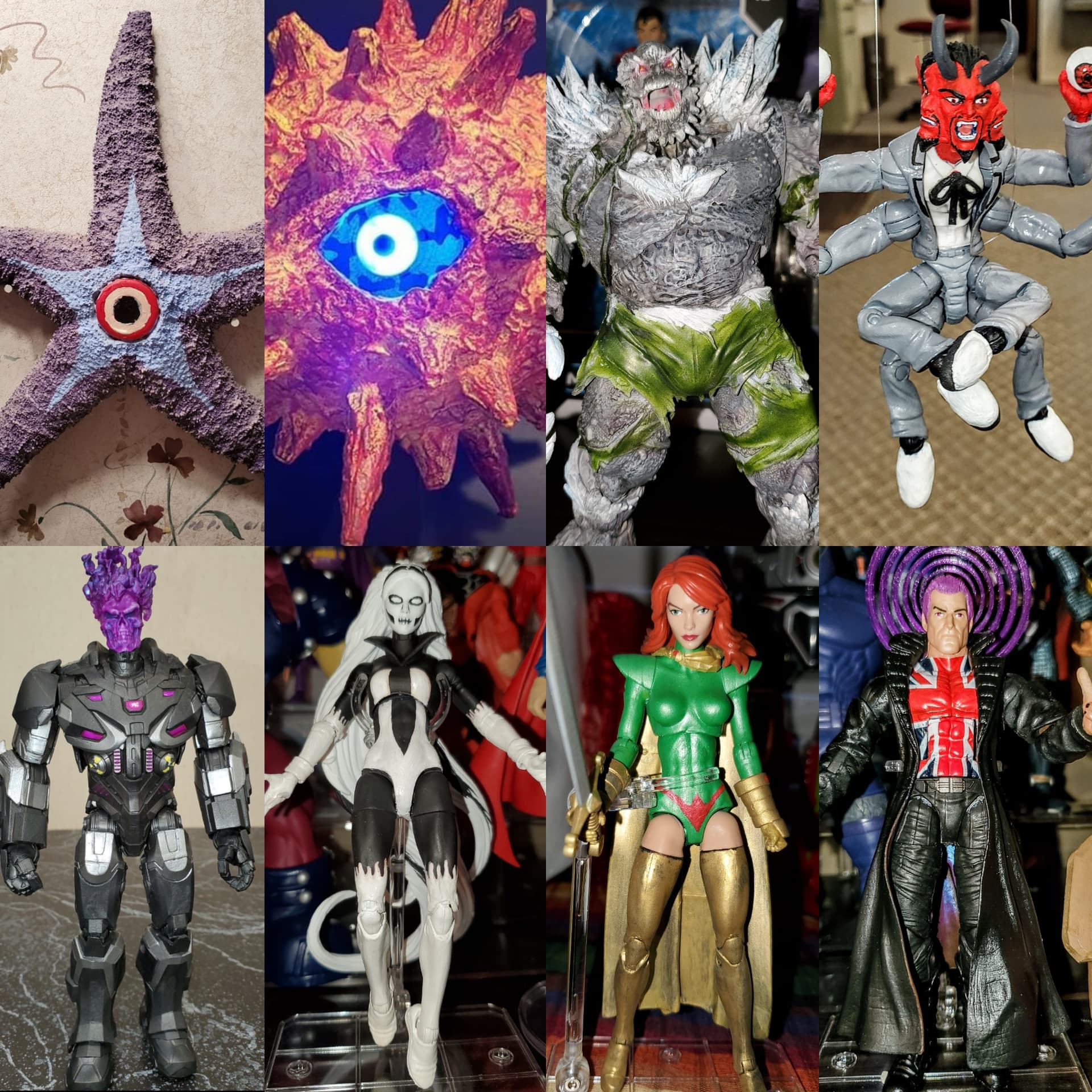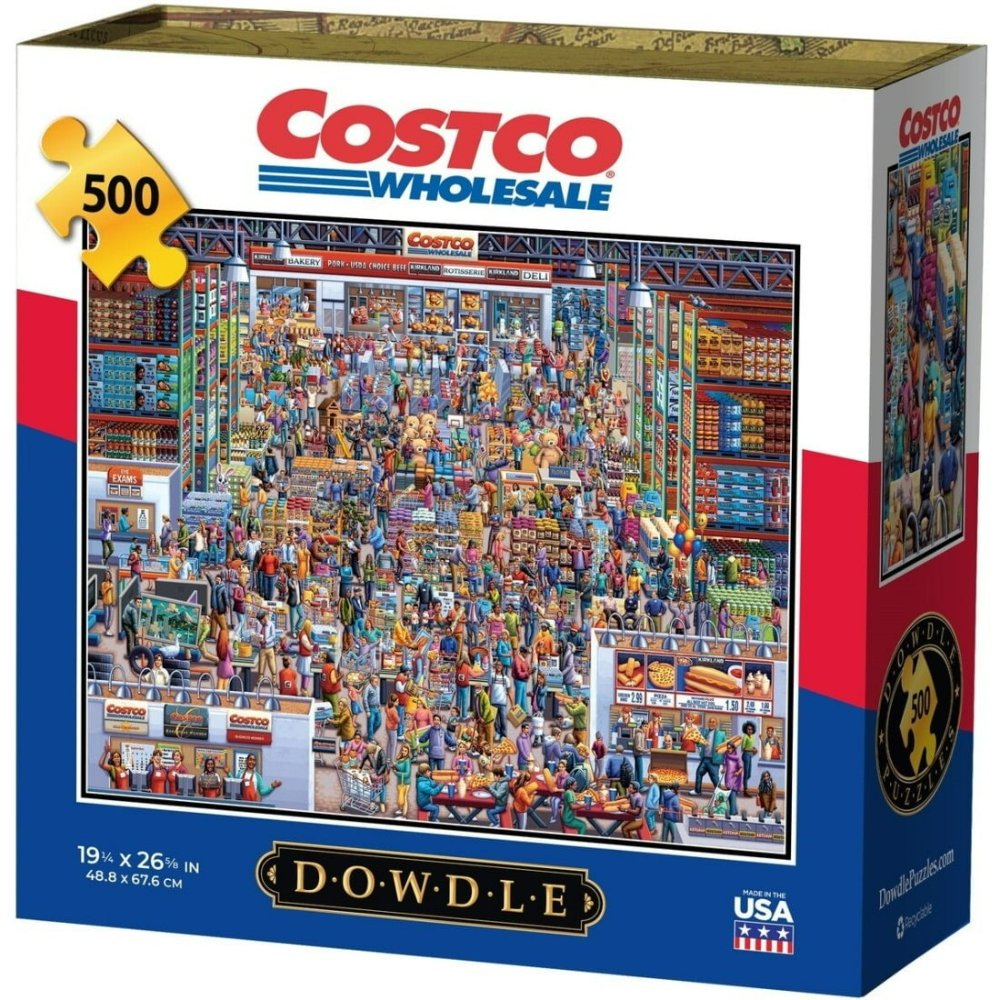In the realm of pop culture enthusiasts and collectors, custom action figures stand as a testament to individual creativity and passion. These meticulously crafted miniatures transcend the boundaries of mass-produced toys, offering a personalized touch that appeals to the most ardent fans. This in-depth exploration delves into the world of custom action figures, uncovering the processes involved, the enthusiasts behind them, and the impact they have on collectors worldwide.
The Birth of Custom Creations
Custom action figures emerge from the desire to bring one’s imagination to life in tangible form. Unlike their off-the-shelf counterparts, these unique pieces often represent characters that have never been produced commercially or are tailored versions of existing ones, modified to fit a collector’s vision. This art form began as a niche hobby but has since blossomed into a thriving community supported by online marketplaces, social media platforms, and specialized forums.
From Imagination to Reality
The journey of creating a custom figure typically starts with an idea, often inspired by movies, comics, video games, or personal fantasies. Designers sketch out concepts, deciding on the figure’s pose, attire, accessories, and even facial expressions. This planning phase is critical, as it sets the foundation for the entire project.
Tools of the Trade
Once the design is finalized, the real work begins. Customizers employ a diverse array of tools and materials, ranging from basic sculpting clays like Super Sculpey to advanced 3D printing technology. For modifications, artists may disassemble and repaint existing figures, adding or removing parts to achieve the desired look.
Sculpting Mastery
Sculpting is perhaps the most intricate aspect of the customizing process. Using precise tools, artists shape clay or epoxy putty to form new body parts, intricate armor, or accessories that don’t exist in the original figure. This stage requires immense patience, skill, and an eye for detail, turning lumps of raw material into finely detailed masterpieces.
Painting Perfection
After sculpting, painting brings the figure to life. Customizers employ a range of techniques, from airbrushing for smooth gradients to hand-painting for intricate details. Choosing the right paints is crucial—acrylics are a popular choice due to their versatility and quick drying time. Layering, shading, and highlighting techniques add depth and realism to the figure, capturing the essence of the character.
Accessorizing: The Finishing Touches
Accessories complete the transformation, turning a customized figure into a storytelling piece. Customizers may craft weapons, shields, or even miniature environments to complement the figure. Some even integrate LED lights or sound effects for added immersion.
Collecting Culture & Community
Custom action figures hold a special place in collectors’ hearts, representing not just a character but a connection to the creator’s artistic vision. Online platforms like Aliexpress, and specialized Facebook groups have facilitated the buying and selling of these unique pieces, fostering a global marketplace where collectors can find one-of-a-kind treasures.
Showcasing Creativity: Conventions & Exhibitions
Custom figure creators often showcase their work at comic cons, toy expos, and dedicated art exhibitions. These events serve as a meeting ground for artists and collectors, allowing for direct interaction and appreciation of the craftsmanship involved. Winning awards or receiving recognition at these events can significantly boost an artist’s profile.
Ethical Considerations in Custom Creation
Custom creation, which spans various fields from product design to genetic engineering, introduces a multitude of ethical considerations that must be carefully addressed. These considerations are crucial for ensuring responsible innovation that respects human values, protects individual rights, and maintains societal well-being. Here are some key ethical considerations across different domains:
1. Informed Consent and Autonomy
- Product Design & Tailored Services: Customers should be fully informed about the nature, limitations, potential risks, and benefits of the customized product or service before consenting to its creation or use. This ensures that their choices are autonomous and well-informed.
- Genetic Engineering & Reproductive Technologies: In the context of genetic manipulation or assisted reproductive technologies, obtaining informed consent from the individuals involved (parents, in the case of designing babies) is paramount. The long-term implications for the individual being created or modified must be thoroughly discussed.
2. Equality and Non-Discrimination
- Custom creations should not reinforce or create new forms of discrimination. Access to custom products or services should be equitable, avoiding the exacerbation of social inequalities based on factors like wealth, race, or disability.
3. Privacy and Data Protection
- Personal data used in customization processes, such as genetic information or personal preferences, must be handled with strict confidentiality and in accordance with data protection laws. This includes securing the data against unauthorized access and misuse.
4. Environmental Impact
- Custom creations should consider their environmental footprint throughout the production process, including the sourcing of materials, manufacturing methods, and end-of-life disposal. Sustainable practices should be going to prioritize to minimize harm to the environment.
5. Safety and Quality
- Ensuring the safety and quality of custom creations is essential, whether it’s a physical product, software, or a biological modification. Rigorous testing and adherence to established standards and regulations are necessary to prevent harm to users or the public.
6. Social Implications and Cultural Sensitivity
- Custom creations should be mindful of cultural norms and values. Products or modifications that may be deemed offensive or inappropriate in certain cultures should be avoided, and efforts should be made to respect diversity and inclusivity.
7. Responsibility and Accountability
- Clear lines of responsibility and accountability must be going to establish for the outcomes of custom creations. Creators, manufacturers, and service providers should be going to hold accountable for any negative consequences resulting from their products or services.
8. Long-Term Consequences
- The potential long-term impacts of custom creations, especially in areas like genetic engineering, artificial intelligence, and environmental modification, need careful consideration. Ethical frameworks should account for unforeseen consequences and include mechanisms for ongoing evaluation and adjustment.
Ethical considerations in custom creation are multifaceted and require a nuanced approach that balances innovation with responsibility. By addressing these considerations proactively, creators and developers can foster a culture of ethical practice that respects human dignity, promotes social justice, and contributes positively to society’s well-being.
Conclusion
In conclusion, custom action figures are more than just toys; they are a medium for artistic expression, a bridge connecting fans and creators, and a reflection of the boundless creativity inherent in pop culture enthusiasts. As the community continues to evolve, so too will the artistry and innovation behind these miniature marvels, ensuring their enduring appeal for generations to come.
